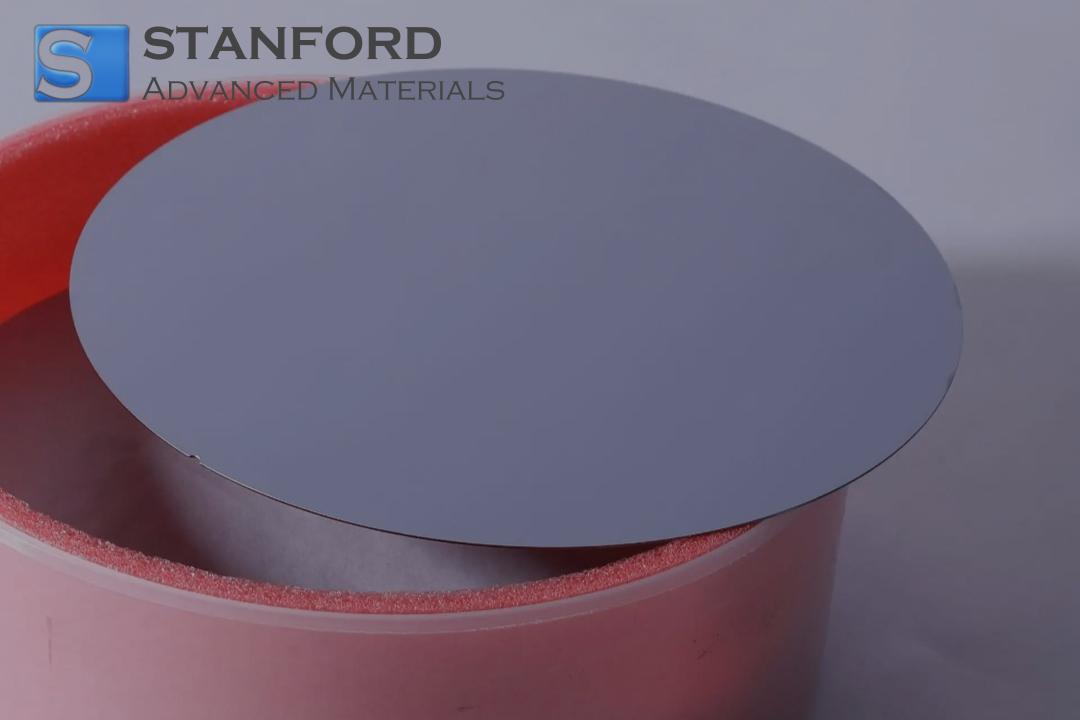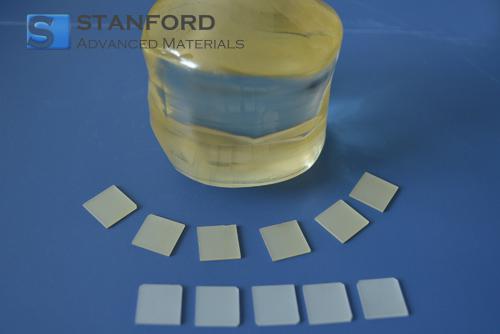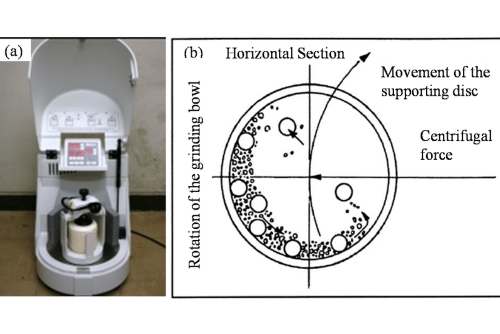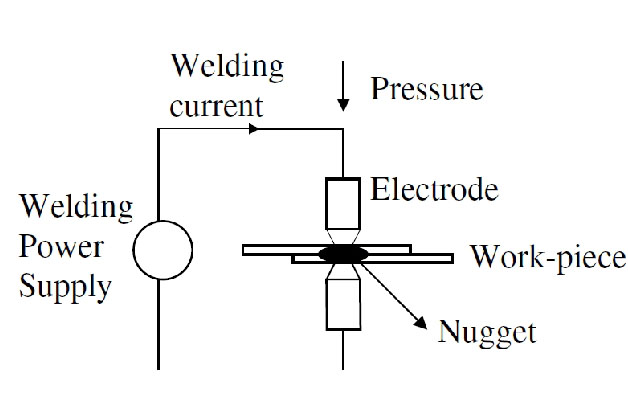Magnesium Oxide Single Crystal Substrate: An Introduction
Introduction
Magnesium oxide in its single crystal form demonstrates reliable performance in numerous technical fields. Its structure is uniform and its surface is smooth. These traits lower the risk of stress in electronic devices. This document aims to provide a firm grounding in what magnesium oxide single crystal substrates are all about.
What Is Magnesium Oxide Single Crystal?
Magnesium oxide single crystal is a type of ceramic material. It has been carefully grown to form a continuous, unbroken crystal lattice. Each part of the crystal shows the same structure and quality. The uniformity is essential when the material serves as a substrate in electronic and optical devices.
In straightforward terms, a single crystal substrate is a highly ordered array of magnesium oxide. This order aids in reducing imperfections in subsequent layers. Many researchers rely on this material to act as a platform for the growth of other thin films. This is akin to having a smooth, consistent foundation for constructing a large structure.
Key Properties of Magnesium Oxide (Thermal Stability, Dielectric Constant, Hardness)
Let us now consider the key properties of magnesium oxide single crystal substrates:
1. Thermal Stability
Magnesium oxide maintains its structure at extremely high temperatures. For example, it can withstand heat approaching 2 800 °C. This quality makes it a suitable choice in environments where high heat or rapid temperature changes occur. Devices that operate at high temperatures frequently use this substrate as a dependable base.
2. Dielectric Constant
The dielectric constant of magnesium oxide is approximately 9.8 at room temperature. This feature is significant for electronic applications where insulation is crucial. The substrate serves to separate different layers in microelectronics. Its dielectric quality helps minimise electrical loss in these systems. Numerous engineers employ it when a stable insulating material is necessary.
3. Hardness
This material exhibits a moderate hardness level. On the Mohs scale, the hardness value is around 5. The hardness ensures that the substrate can support other layers without premature wear. For instance, in high-end semiconductor devices, a stable substrate prevents breakdown under stress. A hard surface is also simpler to polish, which is advantageous in optical devices.
These properties are validated by decades of research. They have been confirmed in numerous tests and practical cases over time.
Applications of Magnesium Oxide Single Crystals
The applications of magnesium oxide single crystal substrates are varied. They play a role in various technological devices and scientific instruments.
One common application is in electronics. The substrate is utilised to support layers of superconductors. In many cases, it provides a smooth platform for growing thin films. This is critical in the production of microwave devices and sensors. Numerous universities and research labs depend on these substrates in experiments related to high-temperature superconductivity.
Another sector is in optics. Light-emitting devices and laser systems occasionally employ magnesium oxide single crystals. The material’s consistent structure contributes to the production of uniform light output. In many high-precision measurements, the low defect density in the substrate enhances accuracy.
The substrate is also beneficial in the field of power electronics. It functions as an insulator between layers in devices that operate under electrical stress. Its thermal and dielectric properties help stabilise the device during high-speed operation. Many industries favour it over other ceramics when long-term reliability is vital.
Even in the coating and film industries, this material has found usage. It acts as a barrier layer for thin films, aiding in preventing chemical reactions that can lead to device failure. Its strong performance in harsh environments makes it a preferred option for advanced engineering applications.
Conclusion
In summary, magnesium oxide single crystal substrates are a fundamental material in numerous advanced technologies. They provide a reliable base due to high thermal stability, consistent dielectric properties, and dependable hardness. Their uniform structure renders them ideal for many contemporary applications including electronics, optics, and power devices. For more crystal materials, please visit Stanford Advanced Materials (SAM).
Frequently Asked Questions
F: What is the melting point of magnesium oxide?
Q: Magnesium oxide has a melting point of approximately 2 800 °C, making it stable under high heat conditions.
F: How does the uniformity of the crystal help device performance?
Q: Uniform crystals decrease the possibility of defects, which enhances device reliability and performance.
F: Can magnesium oxide substrates work in optical applications?
Q: Yes, they provide a smooth and consistent foundation that is beneficial in optical device manufacturing.

 Bars
Bars
 Beads & Spheres
Beads & Spheres
 Bolts & Nuts
Bolts & Nuts
 Crucibles
Crucibles
 Discs
Discs
 Fibers & Fabrics
Fibers & Fabrics
 Films
Films
 Flake
Flake
 Foams
Foams
 Foil
Foil
 Granules
Granules
 Honeycombs
Honeycombs
 Ink
Ink
 Laminate
Laminate
 Lumps
Lumps
 Meshes
Meshes
 Metallised Film
Metallised Film
 Plate
Plate
 Powders
Powders
 Rod
Rod
 Sheets
Sheets
 Single Crystals
Single Crystals
 Sputtering Target
Sputtering Target
 Tubes
Tubes
 Washer
Washer
 Wires
Wires
 Converters & Calculators
Converters & Calculators
 Write for Us
Write for Us


 Chin Trento
Chin Trento



